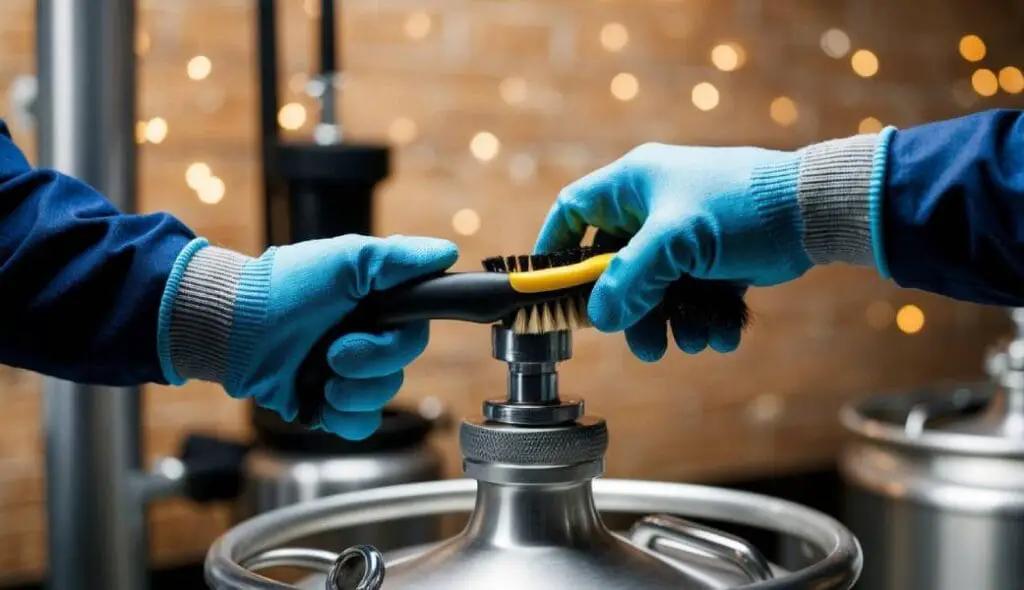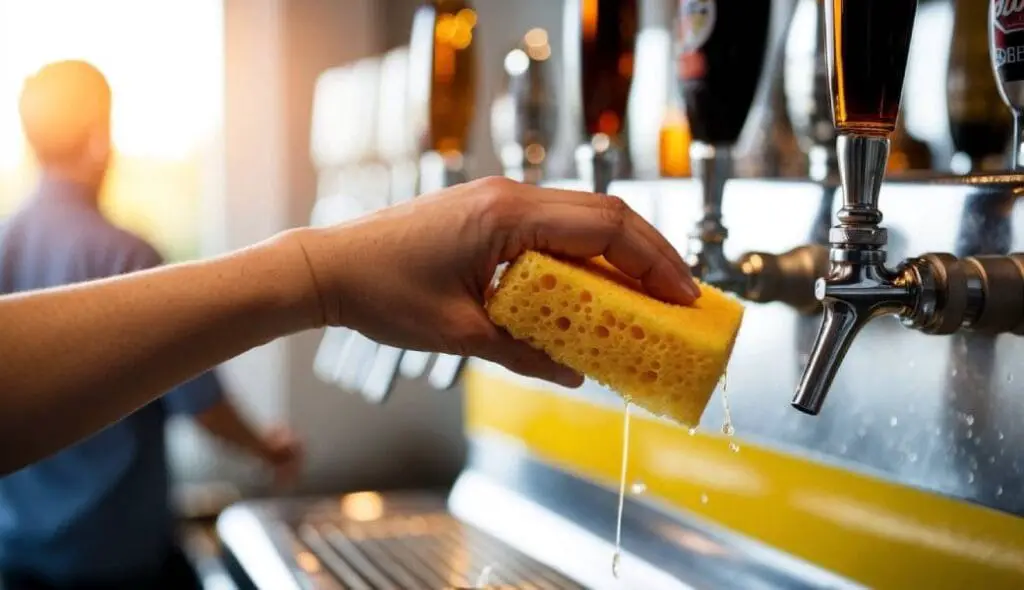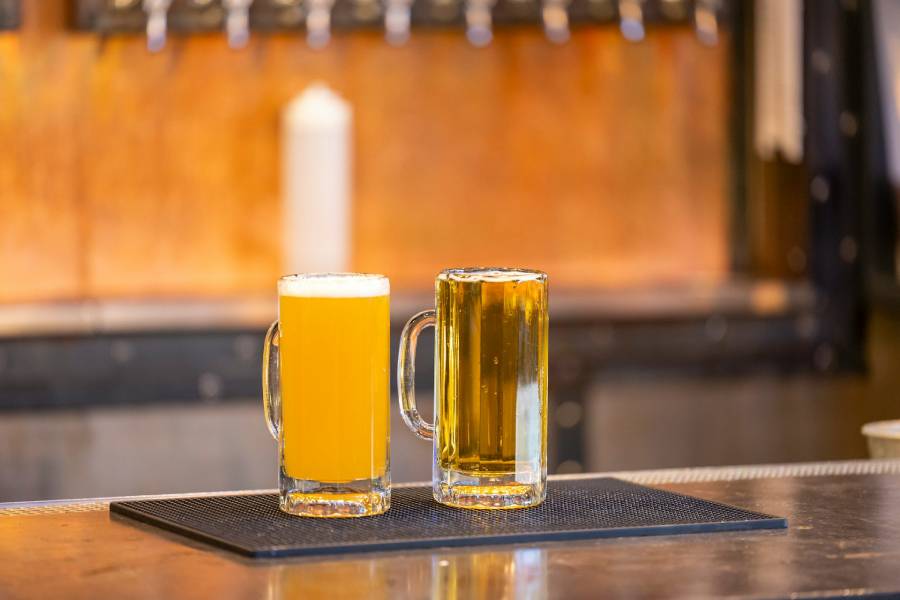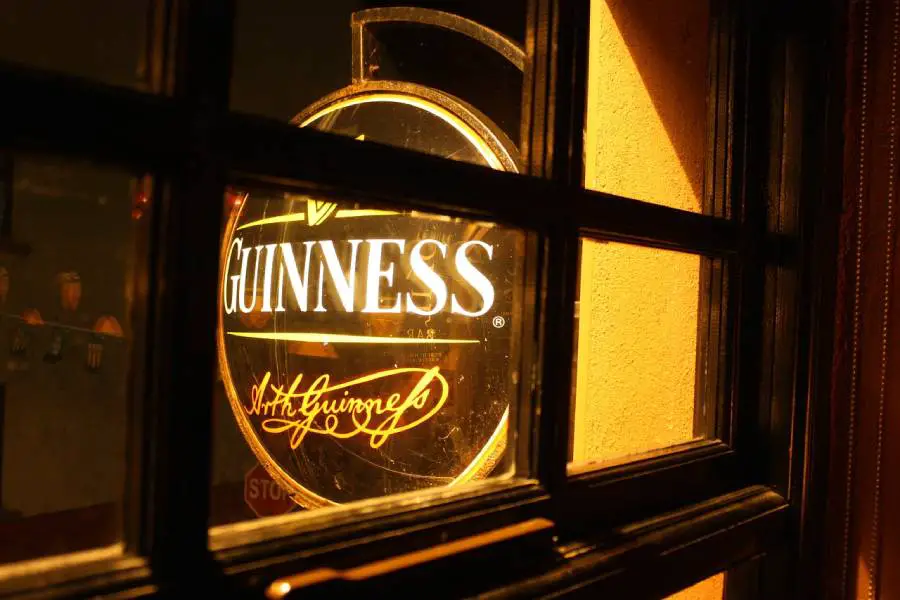Keeping your beer lines clean is the secret to serving crisp, flavorful drafts every time. Poor maintenance leads to off-tastes and wasted kegs, making upkeep non-negotiable. These best beer line maintenance tips for beginners will help you master the basics, protect your investment, and pour like a pro from the start.
Best Beer Line Maintenance Tips for Beginners
Whether you want to serve beer that tastes as the brewer intended or protect your reputation, maintaining clean beer lines is non-negotiable. Dirty lines lead to off-flavors, foamy pours, and wasted product. Regular upkeep keeps your equipment running smoothly and helps preserve the quality of every pint poured for customers or friends.
Clean beer lines don’t just impact taste—they protect your investment in kegs and equipment. Neglected lines breed bacteria, yeast buildup, and other contaminants that compromise freshness. Consistent cleaning extends the lifespan of your system and ensures every pour is worth the effort. Start with small habits that deliver long-term results.
What Are the Components of a Beer Line?
A beer line system includes the keg coupler, which connects the keg to the gas and beer lines. This component allows CO2 to flow into the keg and beer to flow out. Beer lines are durable tubes that transport the beer from the keg to the faucet. Gas lines supply CO2 to pressurize the keg and maintain carbonation.
At the end of the system is the faucet, which controls the pour and affects the quality of the draft. Other components include the foam on beer (FOB) detector, which prevents foam waste, and the tap tower, housing beer lines at the serving point. Proper maintenance of each part ensures smooth operation and great-tasting beer.

Cleaning the Beer Lines Step by Step
The following steps will help you clean your beer lines effectively. This will ensure proper sanitation, prevent buildup, and maintain the fresh taste and quality of every pint you serve:
Step 1: Understand the Basics of Beer Line Maintenance
Beer line cleaning is the process of removing residue and contaminants from the lines that deliver beer from the keg to the tap. Over time, yeast, mold, and bacteria build up inside the lines, altering the beer’s flavor and quality. Without regular cleaning, these contaminants create off-flavors that ruin the drinking experience. Proper maintenance keeps every pour fresh and true to its intended taste.
Dirty beer lines don’t just affect flavor; they can harm the entire system. Bacteria and yeast buildup can lead to clogged lines, foamy pours, and wasted beer. This neglect also shortens the lifespan of your equipment, costing more in repairs or replacements. Regular cleaning prevents these issues and keeps your setup running efficiently.
Step 2: Gather the Right Tools and Equipment
You will need the following tools and equipment:
- Line Cleaning Solution: Use an alkaline cleaner for yeast and protein removal or an acid cleaner for mineral deposits. Choose one designed specifically for beer lines.
- Cleaning Pump or Kit: A manual or electric pump flushes cleaning solution through the lines. It’s easy to use and ensures thorough cleaning without disassembling the system.
- Cleaning Brushes: Long, flexible brushes help scrub stubborn residue from faucets, couplers, and other components. They’re reusable and a great addition to your cleaning routine.
- Faucet Wrench: A faucet wrench allows you to safely remove and reattach taps for cleaning. It prevents damage and helps you handle tight or delicate fittings.
Step 3: The Cleaning Process
This is the main activity in this process and should be done carefully. The following steps will help you carry out the cleaning process:
- Disconnect the Keg: Turn off the CO2 and disconnect the keg coupler from the system. This prevents beer from entering the lines during cleaning.
- Flush Out Beer from the Lines: Push out the remaining beer using a water rinse or pressurized cleaning pump. Clearing the lines ensures the cleaning solution works effectively.
- Disassemble Faucet and Coupler: Remove the faucet and coupler to clean them separately. Soak and scrub these parts to eliminate residue and prevent buildup.
- Apply a Cleaning Solution: Pump the cleaning solution through the lines, letting it circulate for the recommended time. This step removes yeast, bacteria, and other contaminants.
- Inspect for Stubborn Residue: Check for areas with visible buildup after applying the cleaning solution. Scrub these spots with a flexible cleaning brush if needed.
- Rinse Thoroughly with Clean Water: Flush the lines with fresh water until all cleaning solution is removed. This step ensures no leftover chemicals affect the beer’s taste.
- Reconnect the Keg and Test the Pour: Reattach the keg and coupler, then pour a small amount of beer. Check for any lingering off-flavors or foaminess.

Step 4: Keep a Maintenance Log
Keeping a maintenance log helps you stay consistent with beer line cleaning and equipment checks. Documenting cleaning schedules prevents missed tasks that could lead to poor-quality beer. Regular entries help identify patterns, such as recurring issues or when certain parts need extra attention. This habit protects your investment and ensures great beer pours.
Using apps or spreadsheets makes tracking easy and organized. Logs are valuable during health inspections, showing a clear history of proper maintenance. They also simplify troubleshooting by pinpointing when and where problems arise. By keeping a detailed log, you save time, reduce guesswork, and maintain a professional system.
Bonus Tips for Success
Maintaining clean beer lines goes beyond regular cleaning. Small habits can make a big difference in keeping your system efficient and beer tasting great. These bonus tips will help improve your process.
- Rotate Kegs Regularly: Avoid letting beer sit too long in the lines by rotating kegs. Fresh beer keeps the system active and reduces stale residue buildup.
- Use Cold Water for Rinsing: Cold water prevents leftover cleaning chemicals from foaming during the rinse. It also protects beer lines from heat damage over time.
- Check Seals and Fittings: Inspect seals and connections for leaks or wear during cleaning. Replacing worn parts prevents pressure loss and keeps the beer flowing properly.
- Invest in Quality Equipment: Good tools like durable pumps and efficient brushes save time and effort. Reliable equipment lasts longer and makes cleaning more manageable.
- Train Your Staff or Team: If others handle your system, teach them the proper cleaning methods. Consistency among users avoids mistakes and keeps the system running smoothly.
Frequently Asked Questions
Can You Use PBW (Powdered Brewery Wash) to Clean Beer Lines?
Yes, you can use Powdered Brewery Wash to clean any beer equipment. It is a non-caustic, alkaline cleaner commonly used by homebrewers and professional breweries to clean brewing equipment, fermenters, kegs, and bottles. Its formulation is effective at removing organic residues and tough grime without damaging equipment.
How Does a Keg Coupler Work?
A keg coupler connects the keg to the beer and gas lines, allowing beer to flow to the tap. It has two ports: one for CO2 input and one for beer output. When engaged, it depresses the keg valve, letting gas pressurize the keg while beer flows through the lines to the faucet.
How Should You Clean an Old Keg Before Using It Again?
To clean an old keg, start by disassembling its parts, like the valve and dip tube. Soak everything in a solution of hot water and PBW to break down residue. Scrub stubborn spots with a soft brush, then rinse thoroughly with hot water. Sanitize before use to prevent contamination.

Conclusion
Maintaining your beer lines is key to keeping your drinks fresh and flavorful. Regular cleaning, proper sanitization, and inspecting for wear and tear go a long way in avoiding buildup and off-flavors. Use quality cleaning tools and stick to a schedule for consistency. With care, your setup will serve great beer every time.











